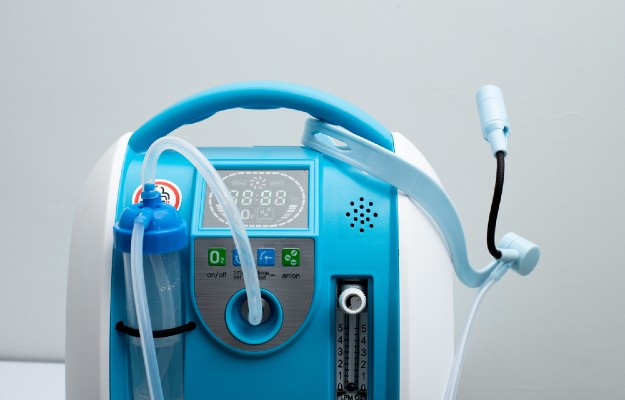The new coronavirus infection, COVID-19, has spread to almost the entire world affecting more than six lakh people and taking more than 28,717 lives as of 28 March 2020.
The virus that causes COVID-19 - SARS-CoV-2 - binds to angiotensin-converting enzyme 2 (ACE2) receptors present in the respiratory tracts of a person. This allows the virus to enter the lungs. (Read more: What are ACE2 receptors and what do they have to do with COVID-19?)
Though the common symptoms are cough, fever and shortness of breath, the more severe symptoms involve viral pneumonia and potentially fatal respiratory failure 10-14 days after contracting the disease.
Scientists have been comparing the virulence of two previous coronavirus outbreaks in this century - Middle East Respiratory Syndrome (MERS) in 2012 and Severe Acute Respiratory Syndrome (SARS) in 2002-03 - to COVID-19. The statistics of the last two coronaviruses are:
- Middle East Respiratory Syndrome (MERS) spread to 27 countries in the year 2012 before being contained. There were around 2,494 reported cases of this viral infection. With a fatality rate of 34.3%, MERS accounted for 858 deaths.
- Severe Acute Respiratory Syndrome (SARS) spread to 30 countries in the year 2003 before being contained. There were around 8,473 reported cases. With a fatality rate of 9.5% of those who fell sick, SARS accounted for 774 deaths.
Read on to know about the transmission rate and mortality of COVID-19 - a human coronavirus infection that was unheard of before 31 December 2019.




































